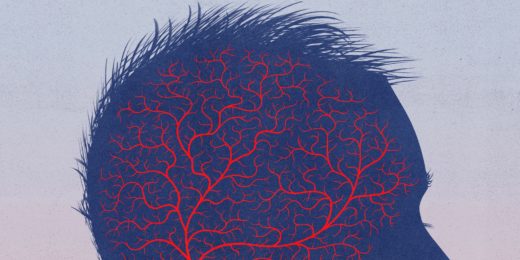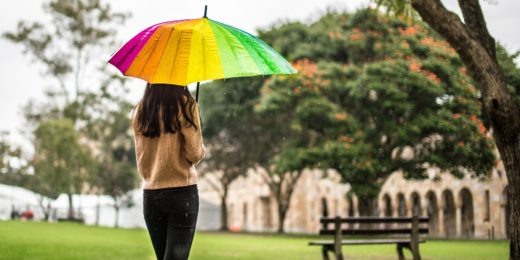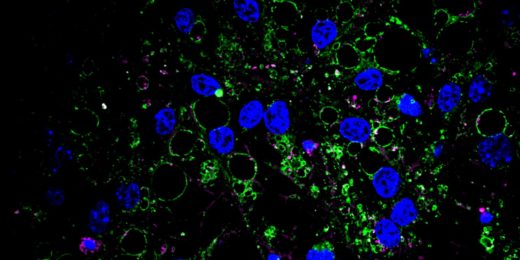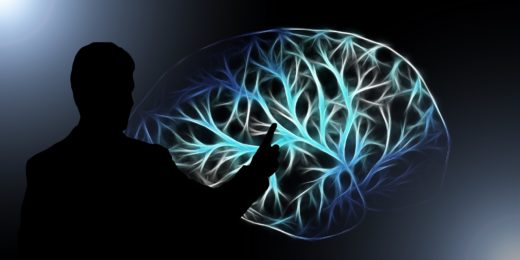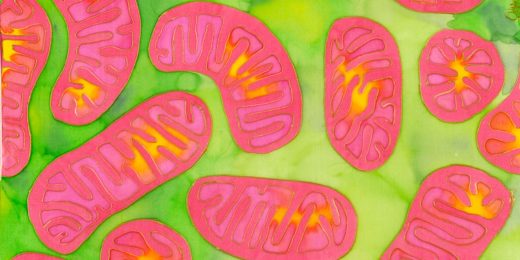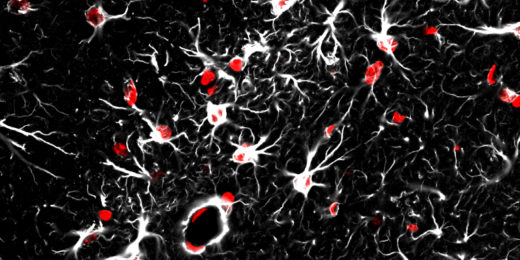Seventeen million Americans live with the aftermath of stroke, including difficulty communicating, moving around, and taking care of their most basic needs. Now, Stanford researchers are working to give those survivors new hope.
Category: Neurology & Neurosurgery
Depression in reproductive-age women is relatively common and undertreated, new research suggests
Stanford research shows that nearly one in 20 reproductive-age women have depression and less than one-third are taking antidepressants.
Aging neural stem cells struggle to take out the trash, say Stanford researchers
Protein aggregates in young neural stem cells seem to echo those seen in neurodegenerative disease-- but could they actually be helpful? As the cells age, they become less able to process the aggregates and their ability to activate is dampened.
Stanford research helps expand window for treating stroke up to 24 hours
Clinicians now have up to 24 hours to treat a stroke, thanks in part to research and tools developed at Stanford Medicine.
Defects in mitochondria, cells’ internal power packs, further linked to Parkinson’s in Stanford study
New research suggests that targeting mitochondria could be a way to treat Parkinson's disease.
Intense magnetic stimulation could reduce severe depression, new study shows
Several severely depressed patients were helped by a new, experimental form of transcranial magnetic stimulation developed by Stanford Medicine researchers.
Star-shaped brain cells called astrocytes implicated in brain’s aging process, Stanford study shows
A new study led by the late Ben Barres suggests that rogue astrocytes may be involved in memory loss in otherwise healthy older brains.
Stanford study: Commonly used sleeping pill may boost stroke recovery
If what works in mice works in people, a widely popular sleeping pill could someday start seeing action as an aid to stroke recovery, according …


